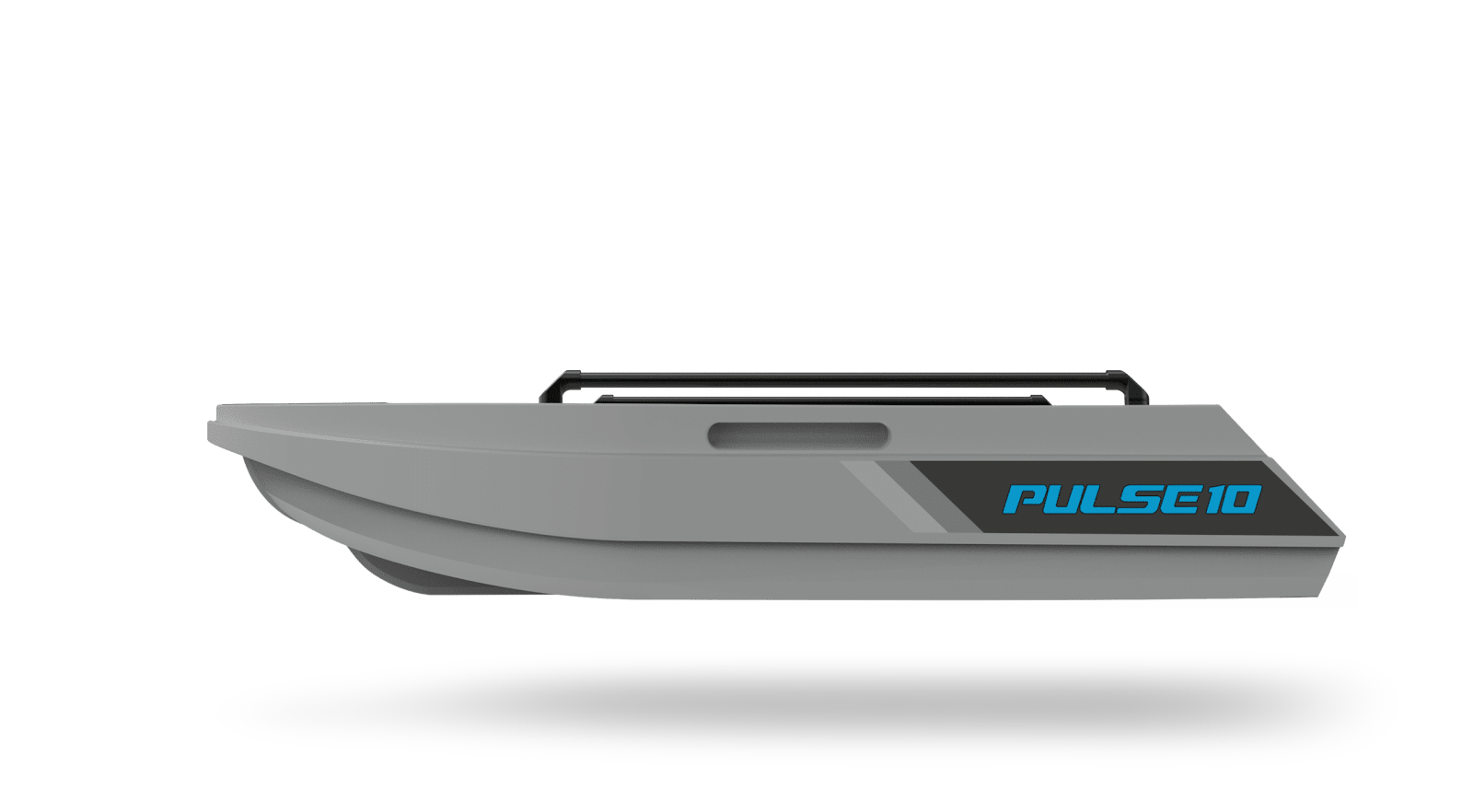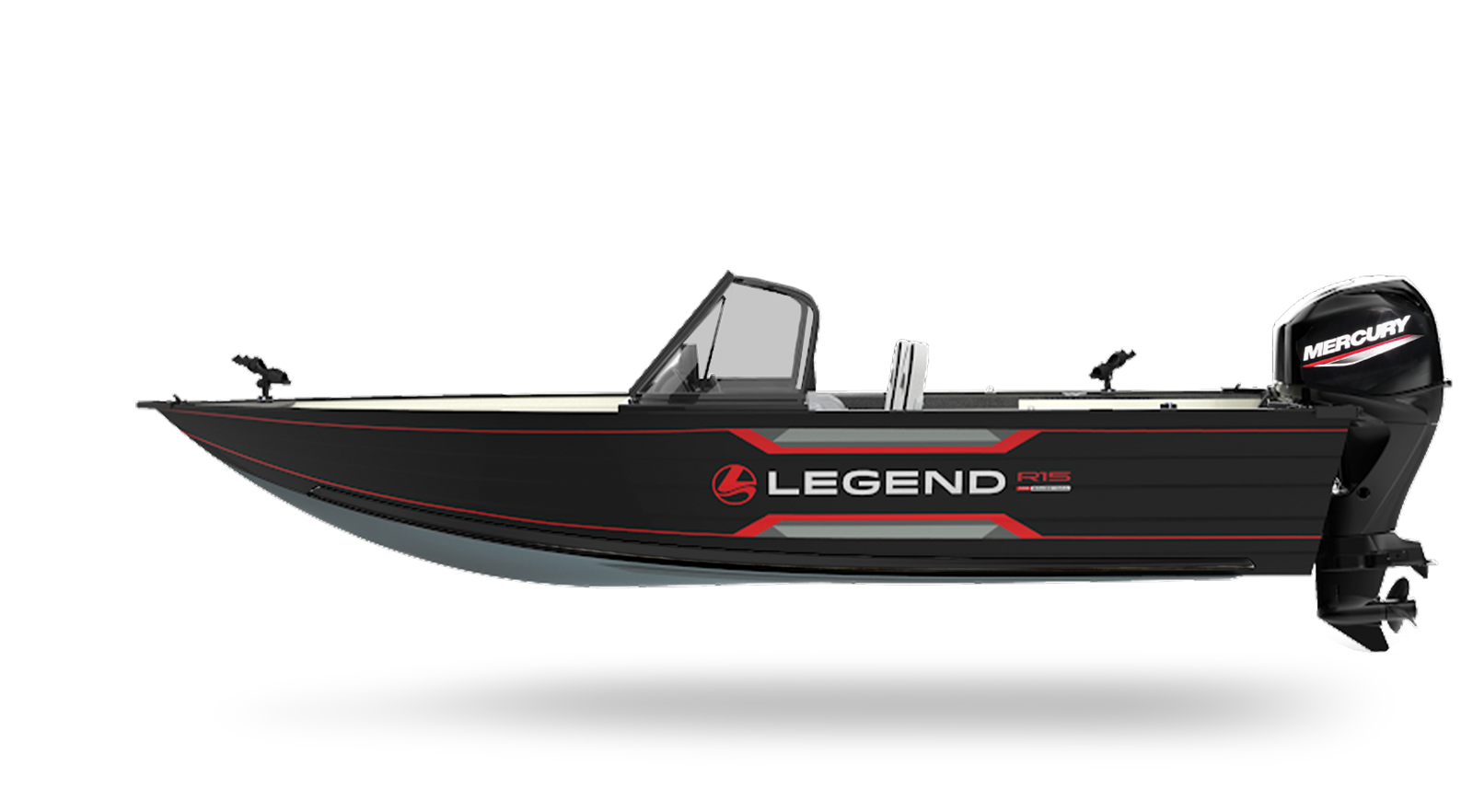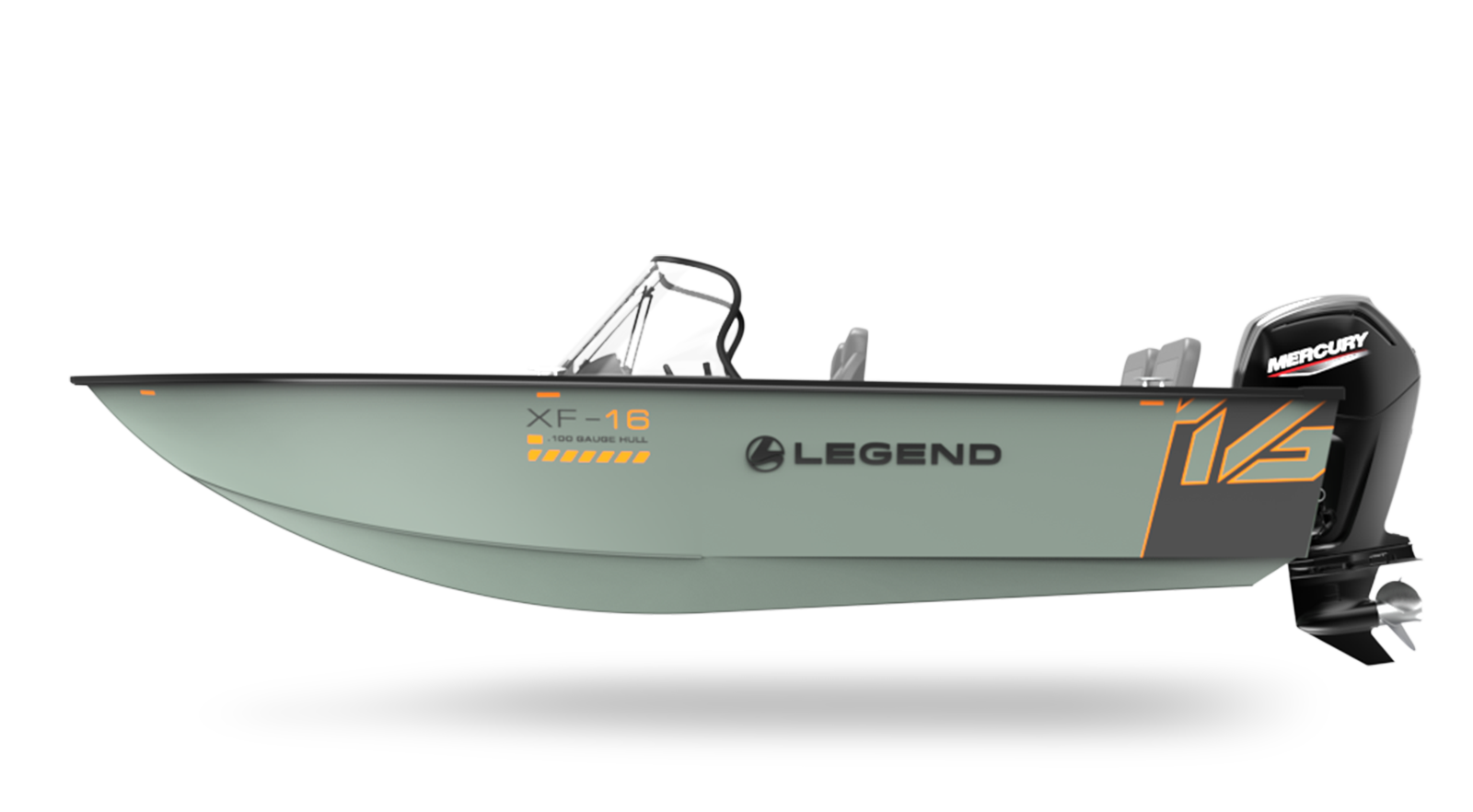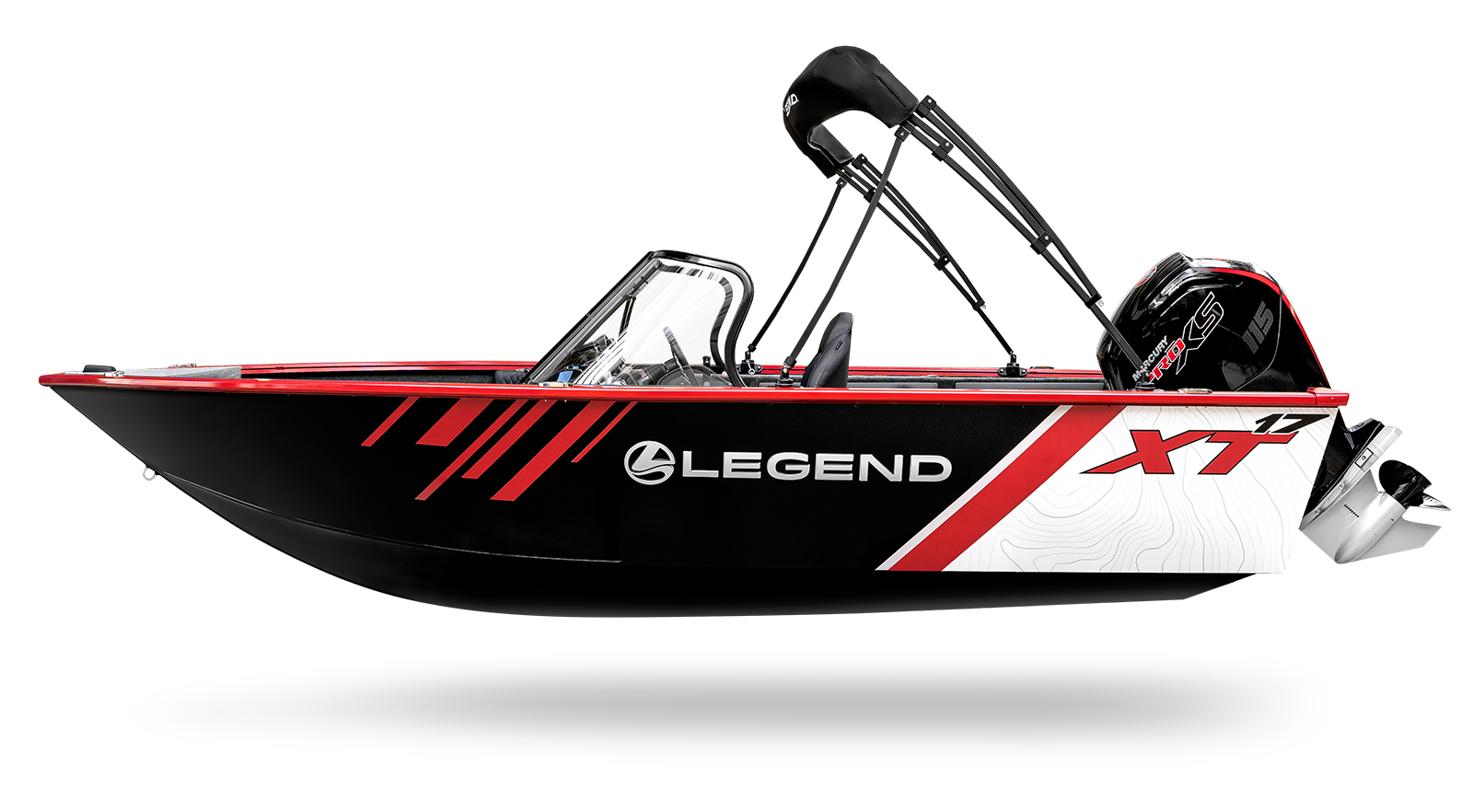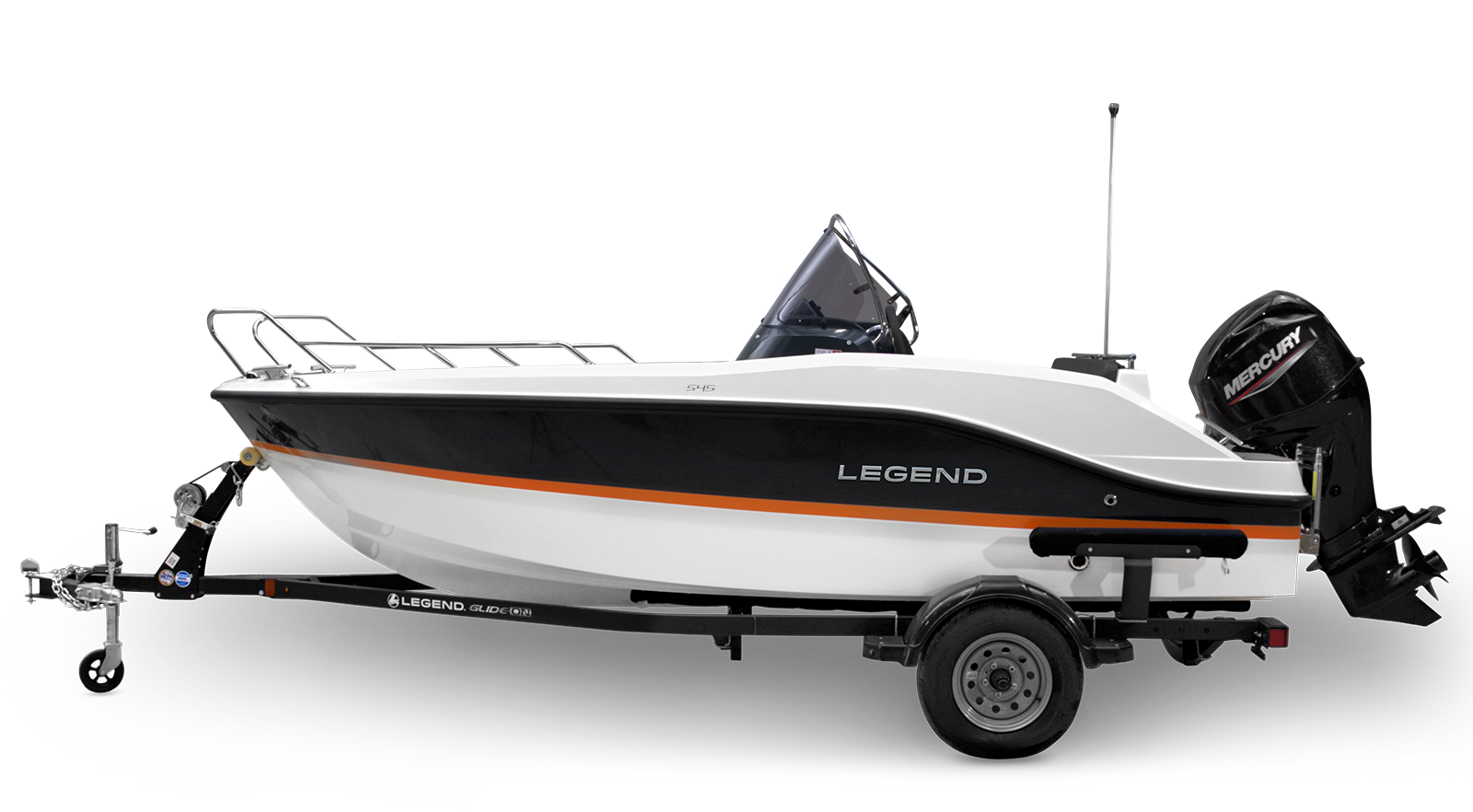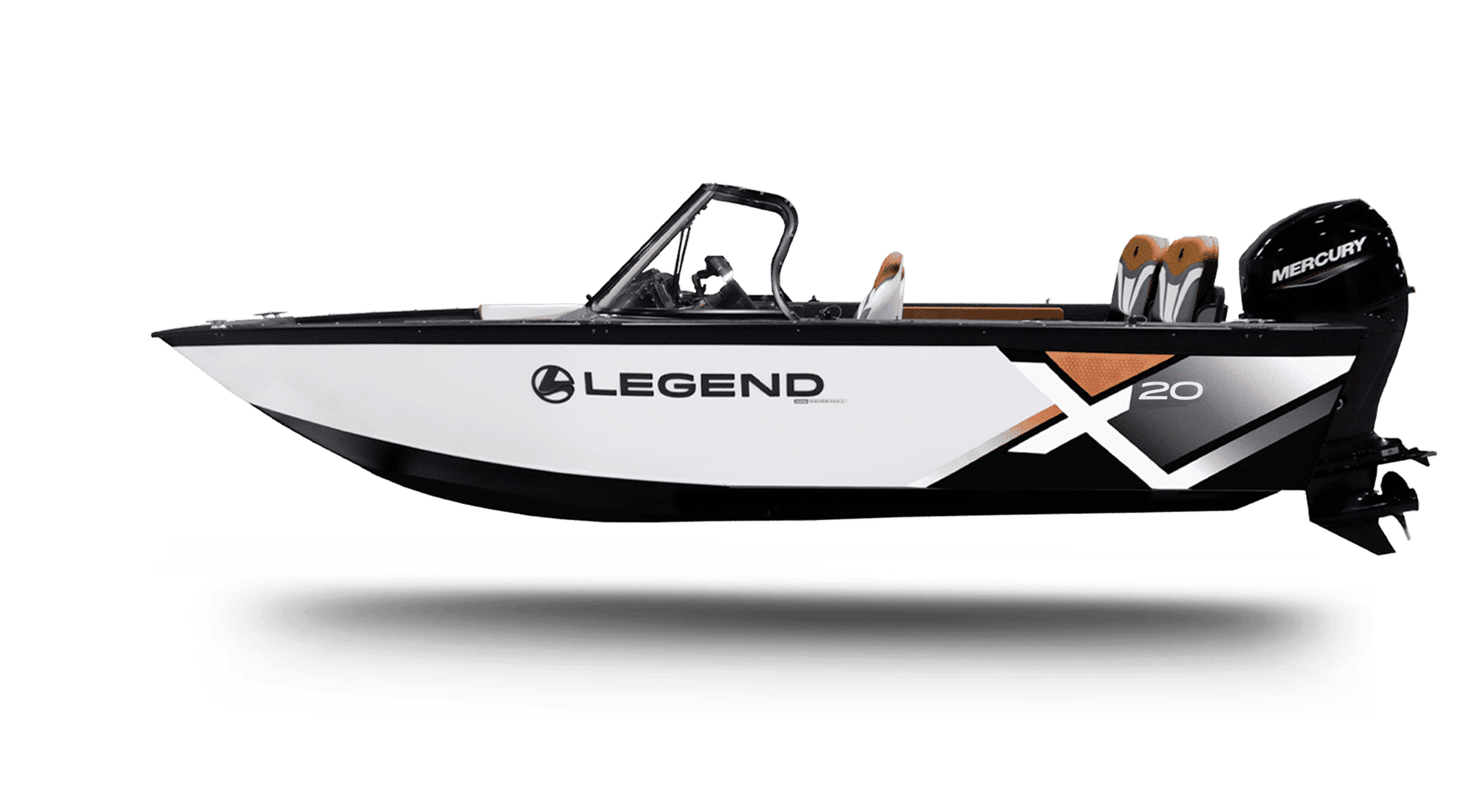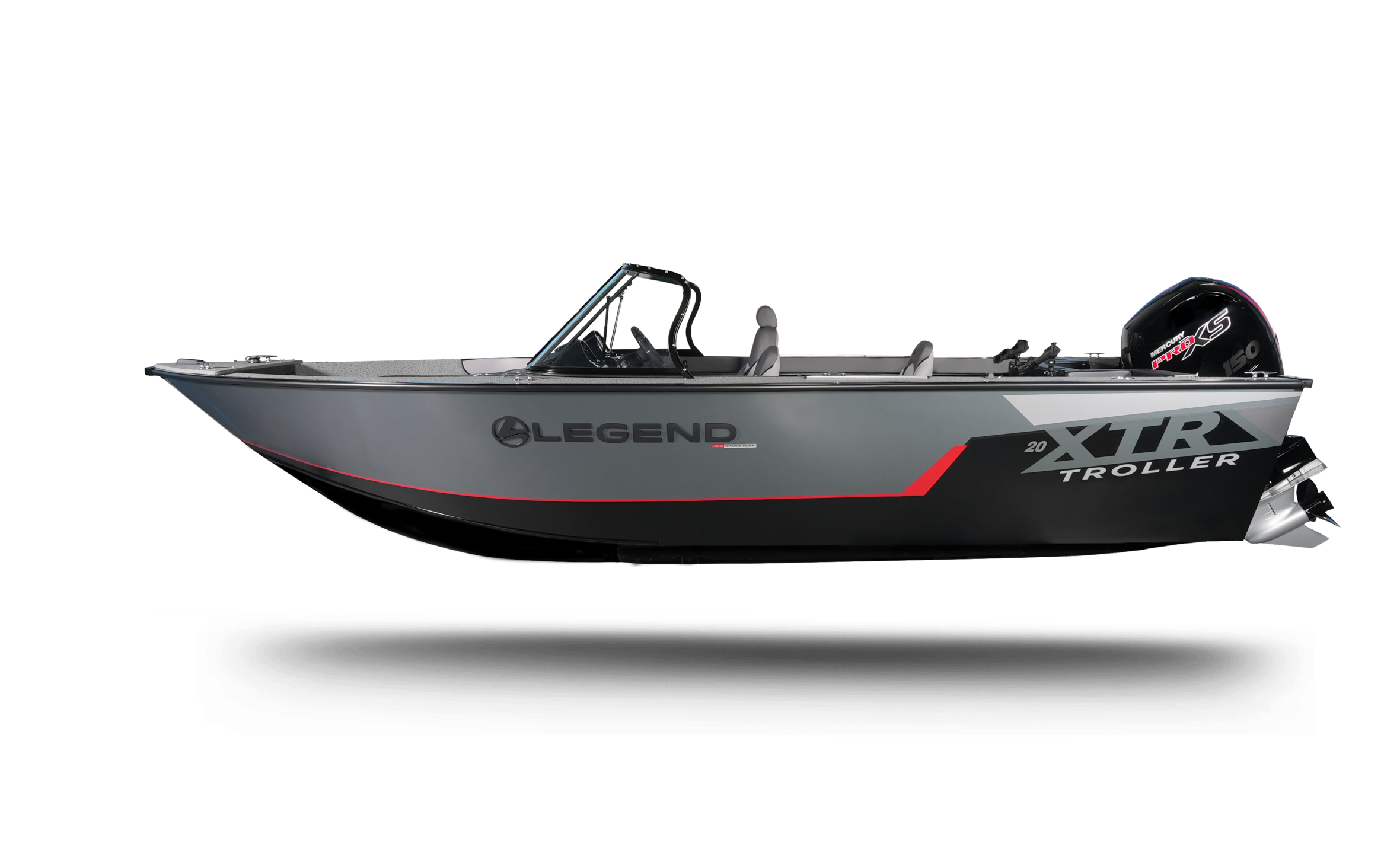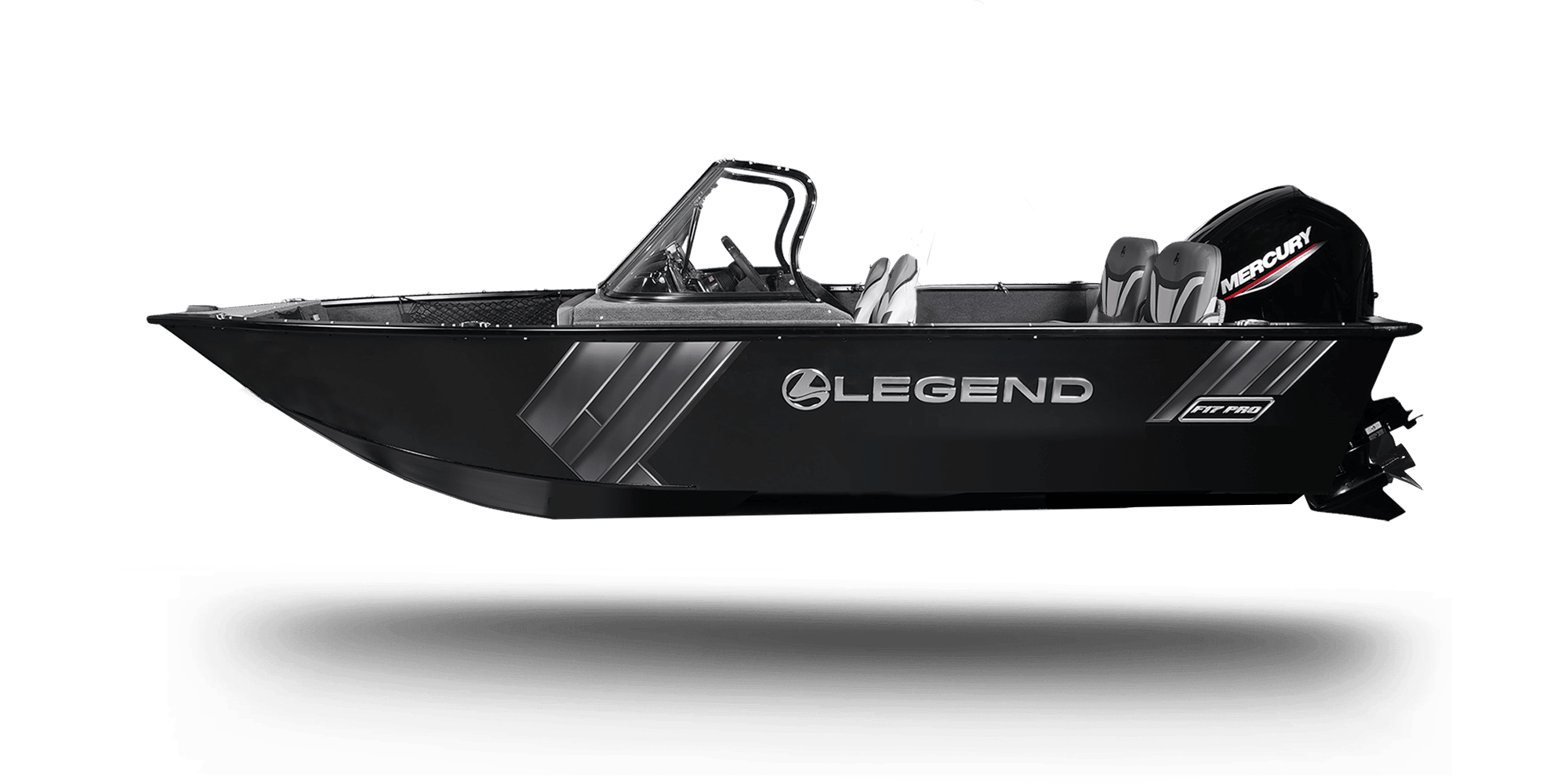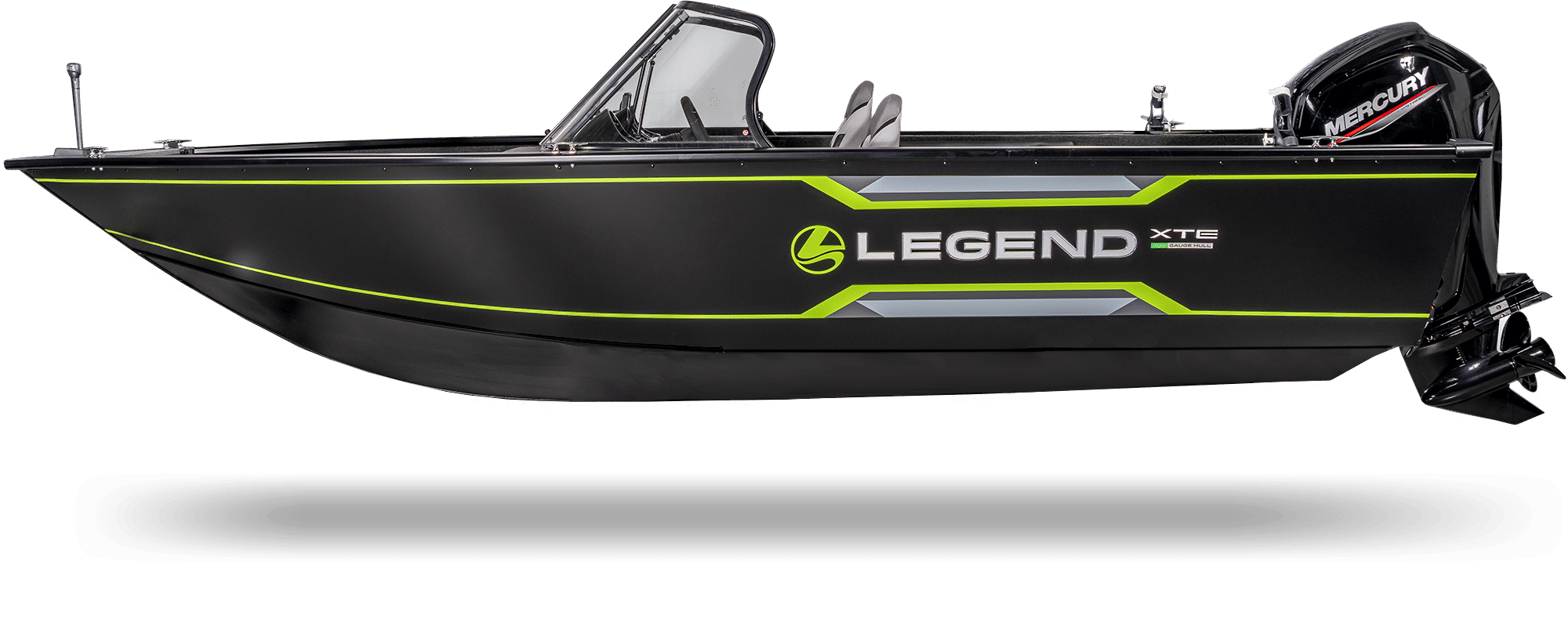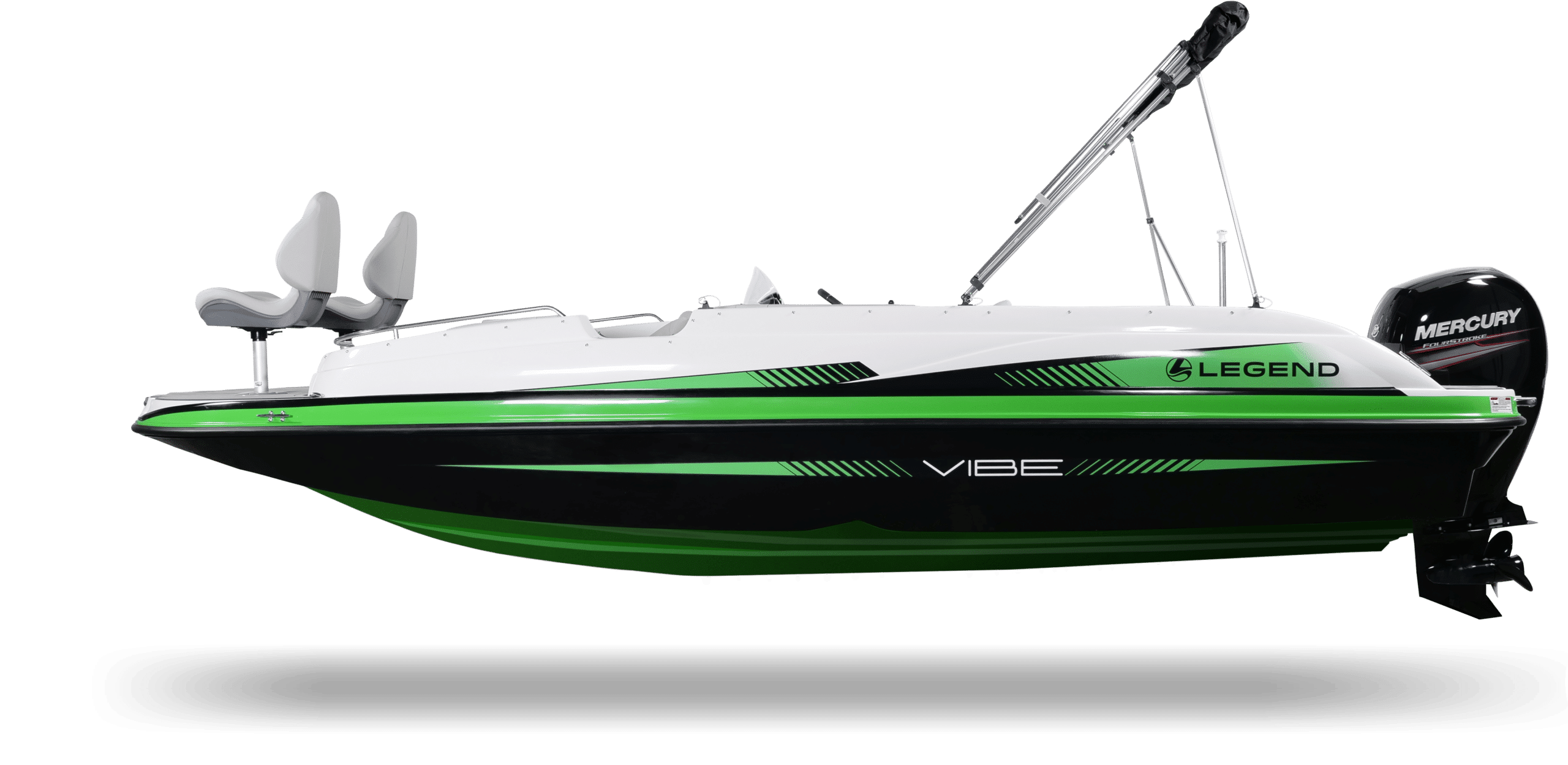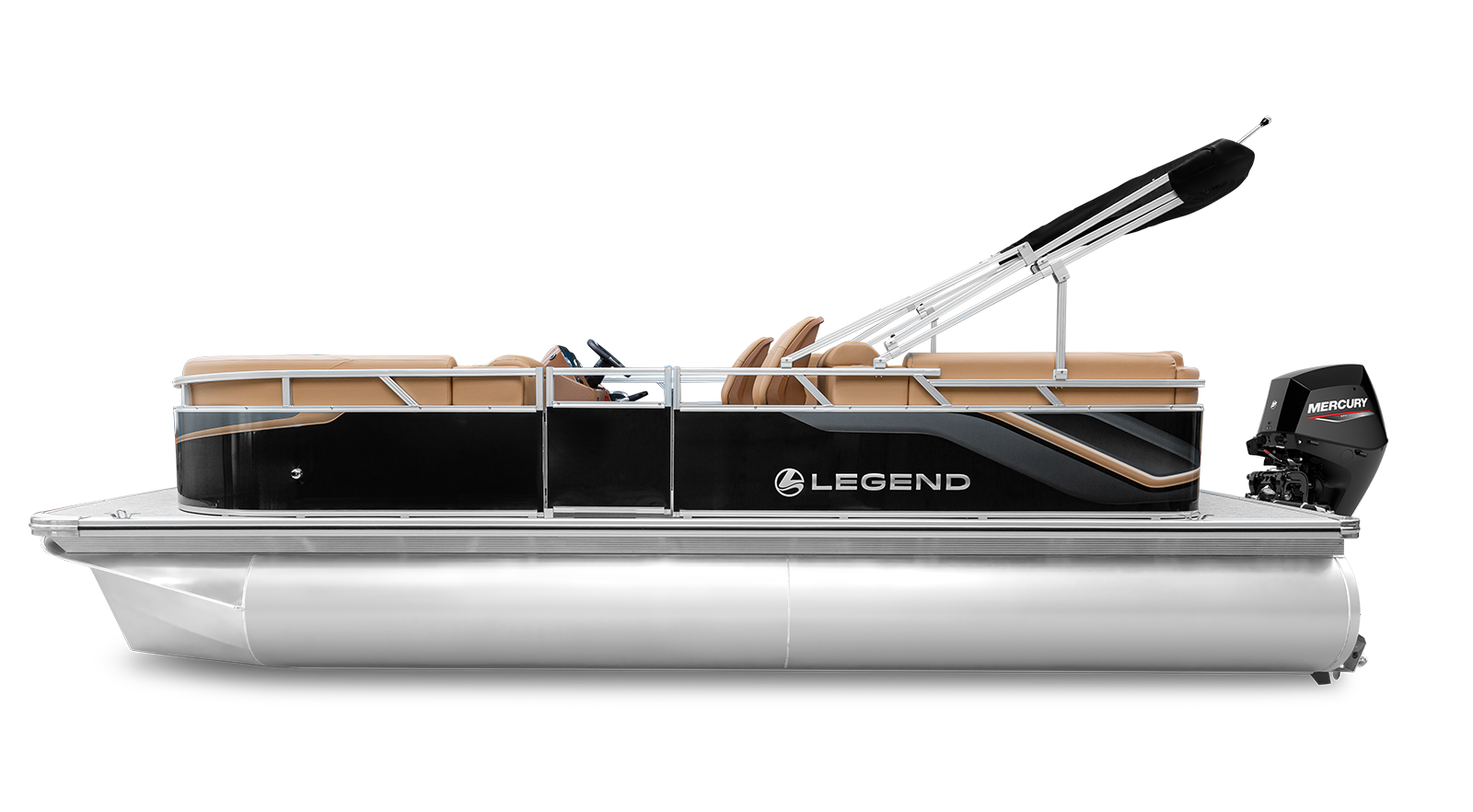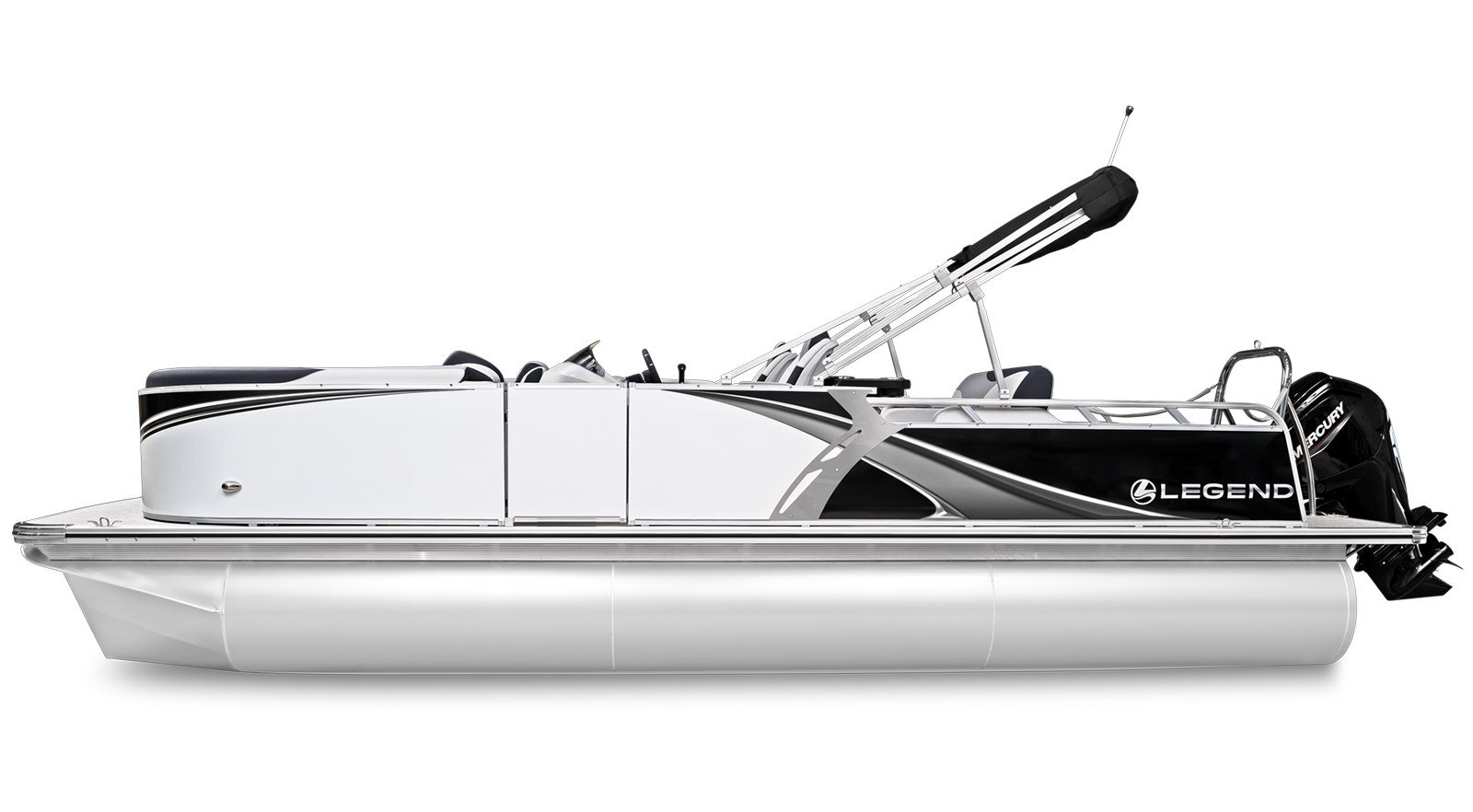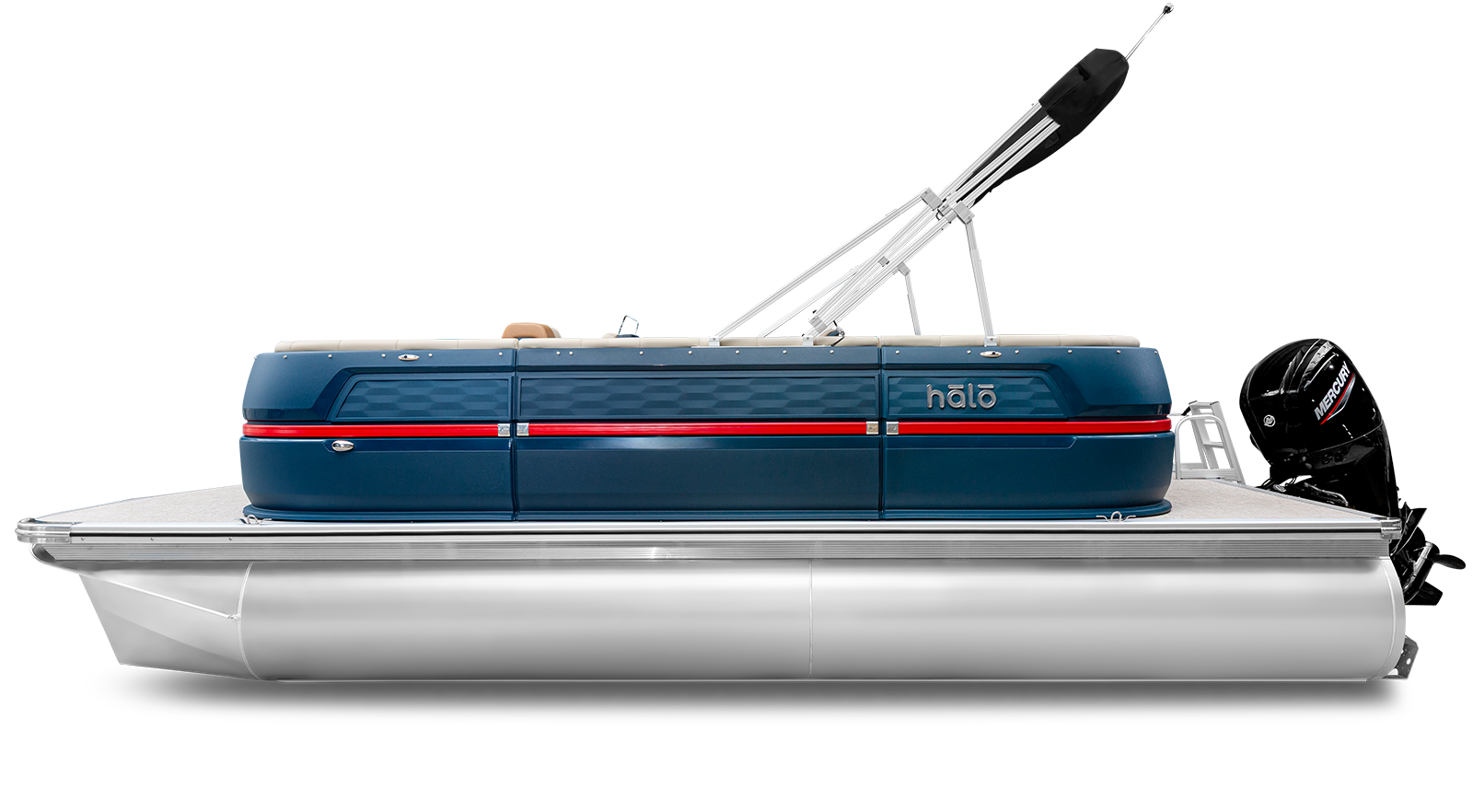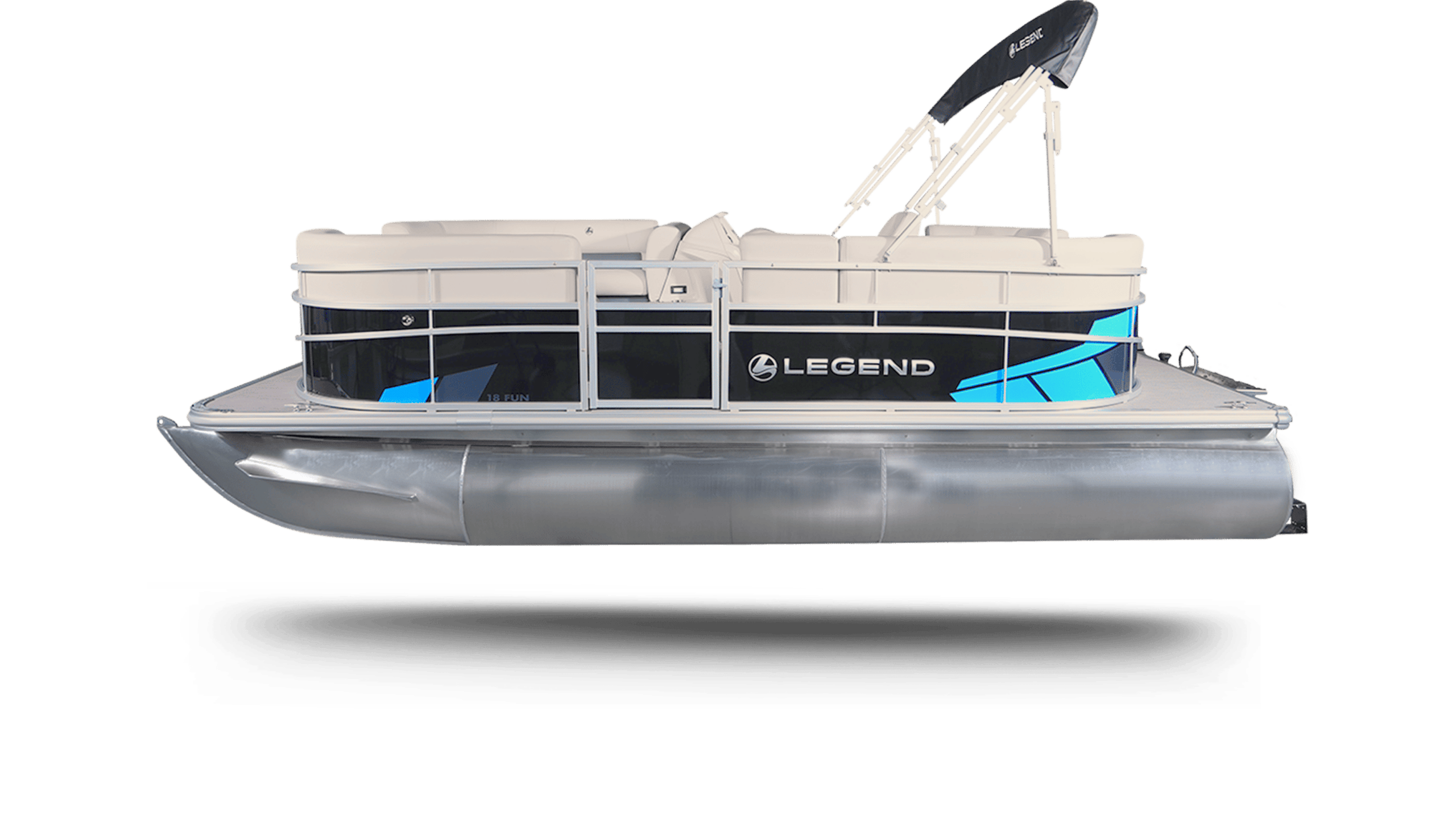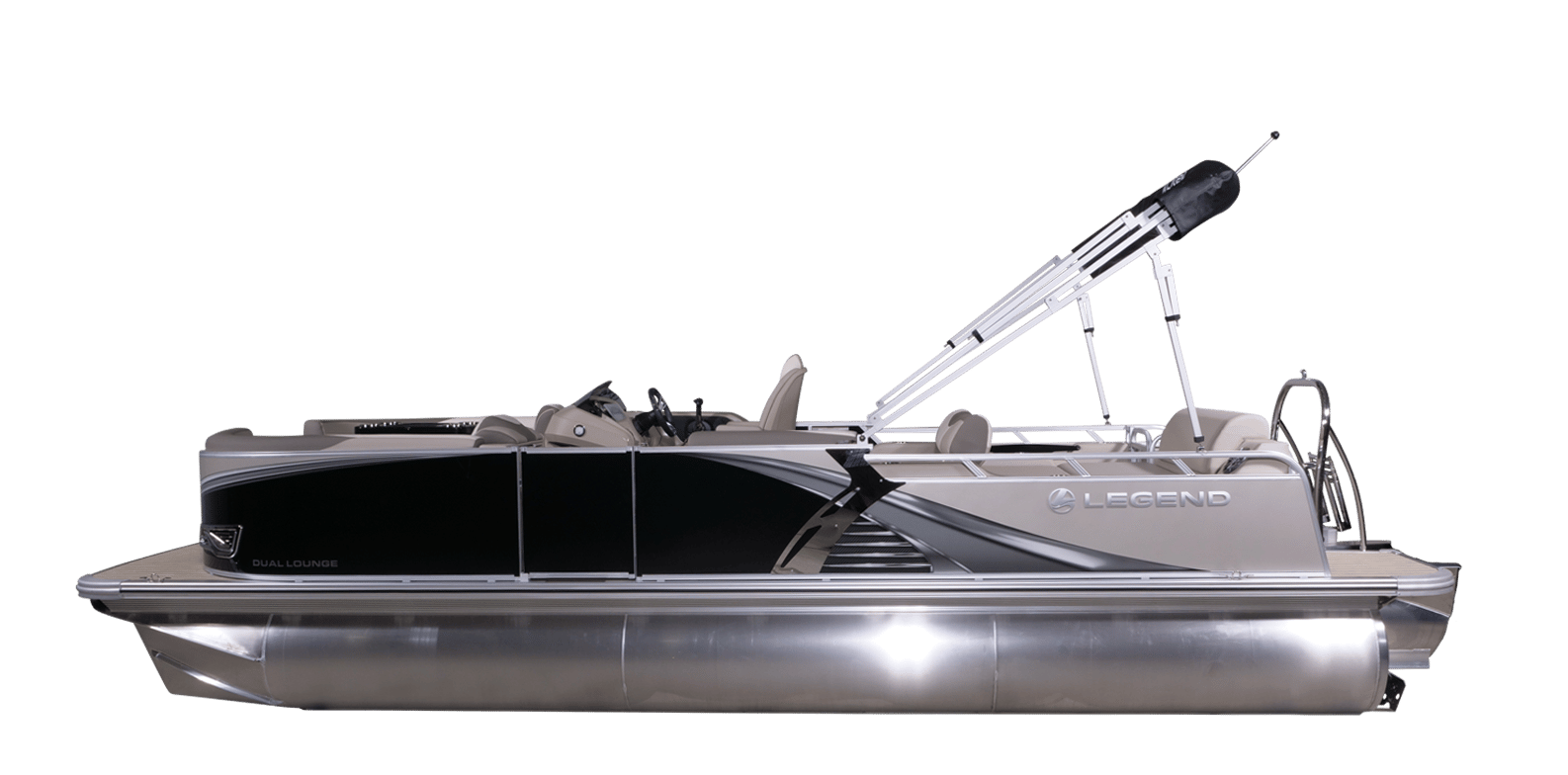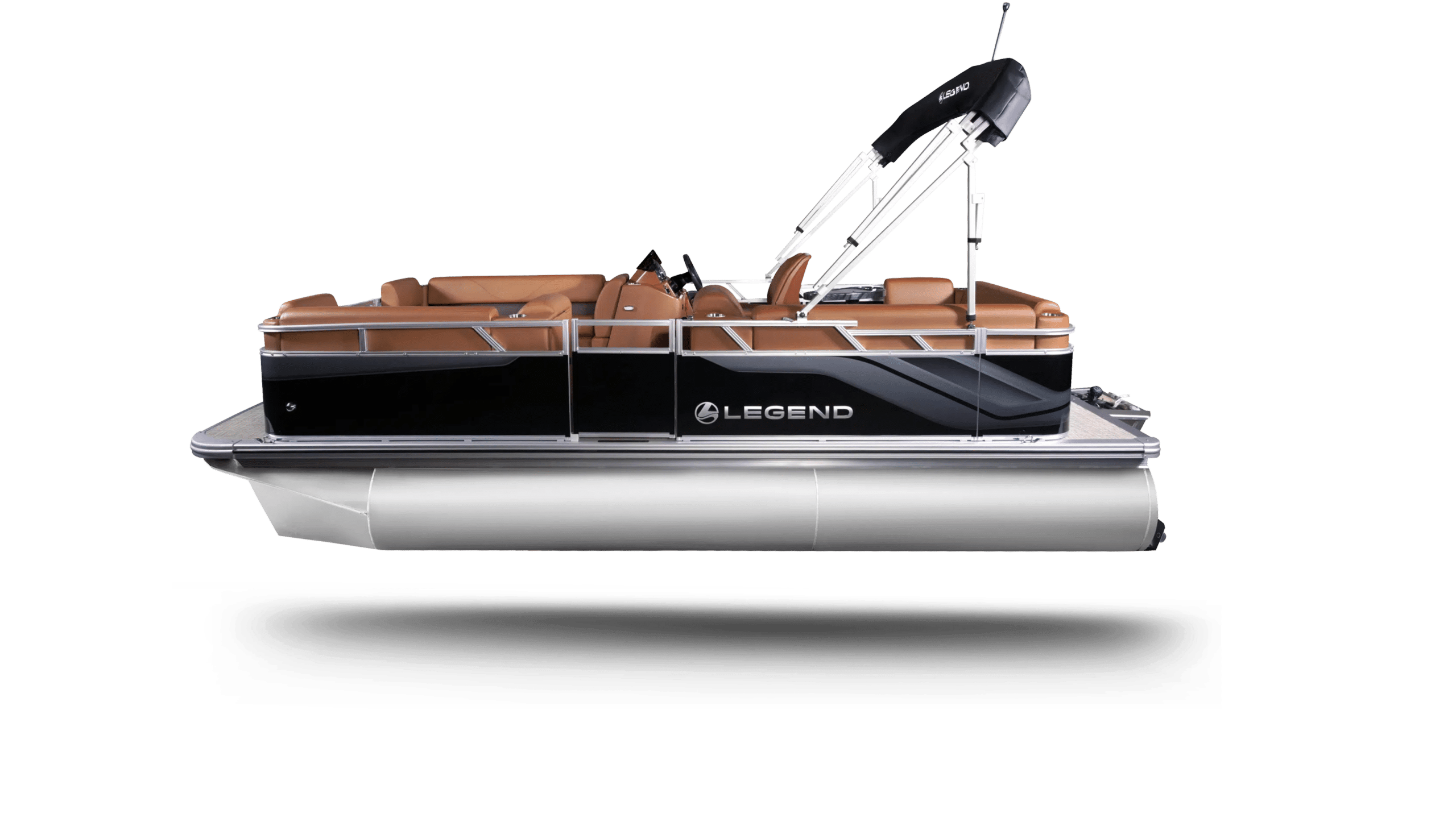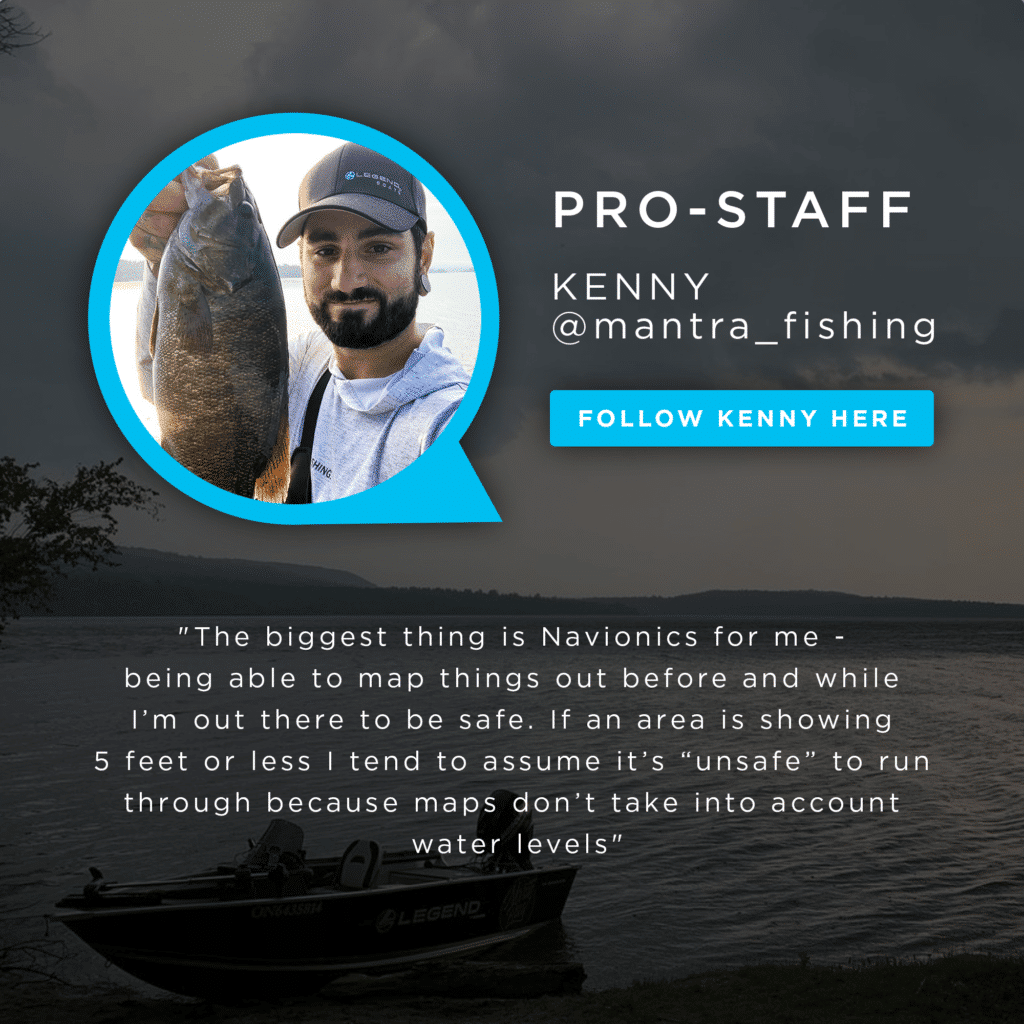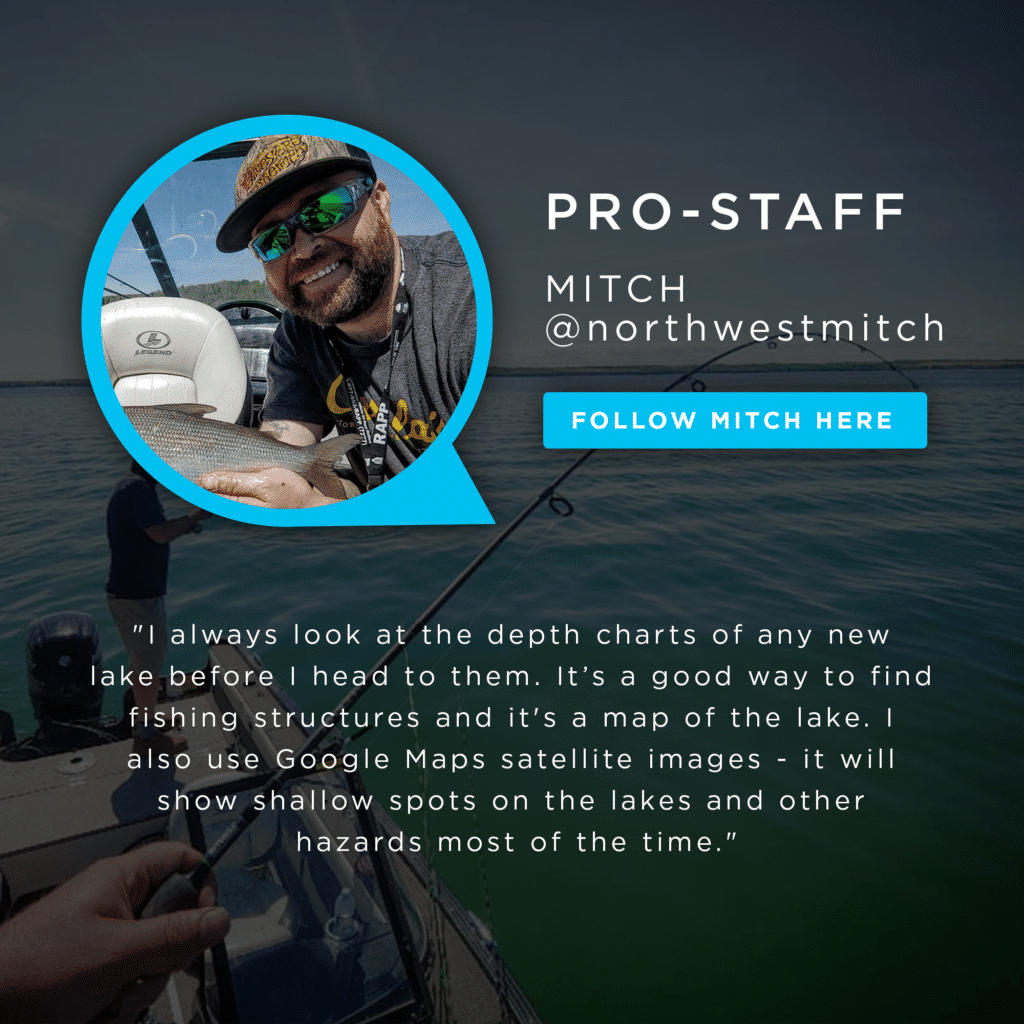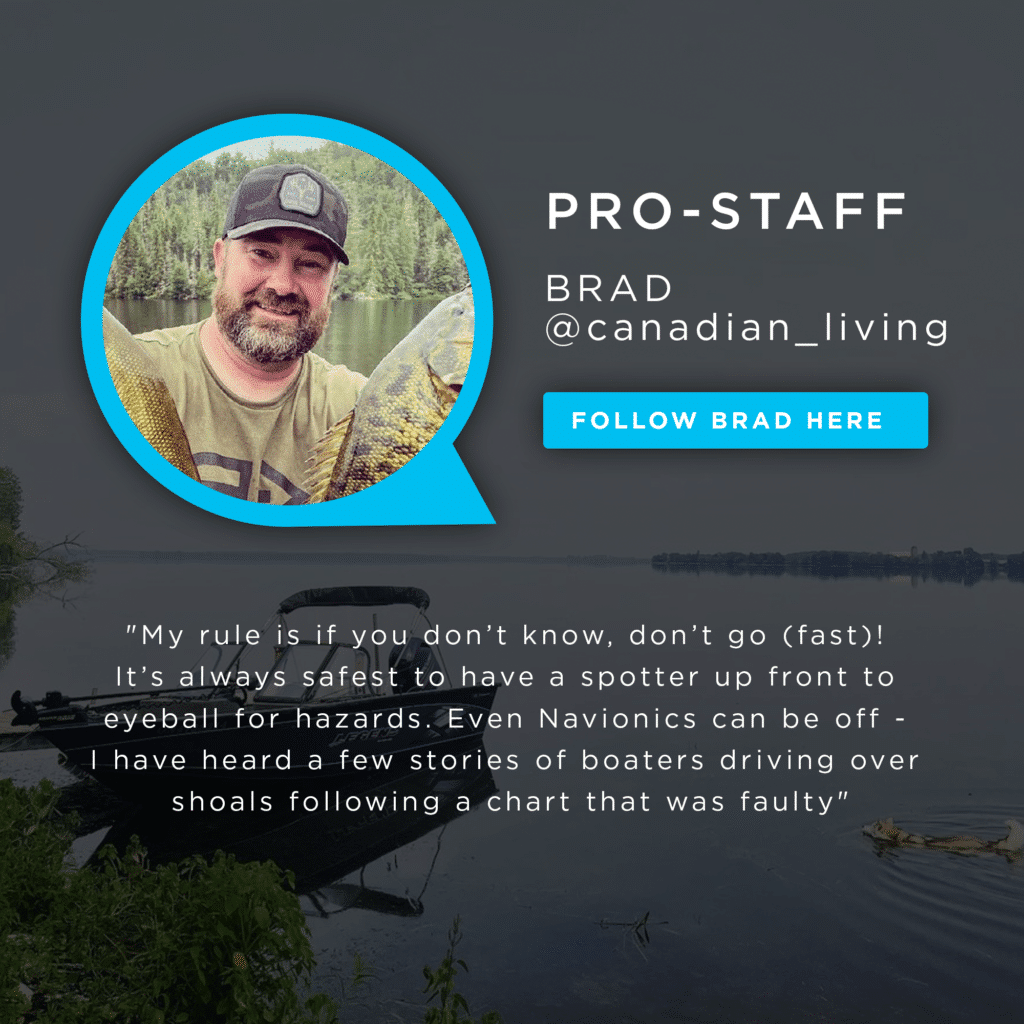How to Handle Submerged Objects while Boating

The 2021 boating season is officially winding down, but there’s still plenty of time to get out on the water and fish, water ski, or just take in the autumn beauty around us. Before you get back out on your Legend boat though, take a moment to keep reading, and learn about “Submerged Objects,” including how to detect and avoid them. For this article, we’ve enlisted the help of our Brand Ambassadors, experienced boaters and fishermen with a wealth of knowledge to share.
What are Submerged Objects?
Submerged Objects, as the name suggests, are any object that is underwater, or partially underwater. A Submerged Object (SO) could be a rock, a tree stump, an abandoned washing machine – anything that you can imagine. Some are man made, while others are natural, such as shoals, reefs or fallen logs. Regardless of the origin of the SO, they can pose a real threat to you, and your boat. An SO may also be an object floating on the surface such as a large tree branch, and should not be confused with running aground, which is a separate hazard entirely.
As always, the first safety tip is the most important. Transport Canada reports that over 75% of boating fatalities are caused simply by failing to wear a lifejacket or PFD. Remember, although you don’t have to wear a life jacket at all times, you must legally have enough jackets or PFD’s for everyone aboard: it could save lives.
Know Your Boat
Sun Tzu said: “if you know yourself and you know your enemy you can win a thousand battles.” While he probably wasn’t referencing fishing boats, you can decrease the risk of striking a submerged object significantly just by knowing your boats ‘draft.’ Your draft is the distance between the waterline, and the deepest part of your boat. You can use the draft number to calculate roughly how much water you need to move safely. However, it’s not as straightforward as a set number. Your boat’s draft changes depending on how much fuel it has in it, how many people you’ve loaded, and most importantly, if your outboard engine is trimmed up or down. It is very common for the skeg or prop of an engine to strike an SO, so ensure that you take that extra length into account when considering your draft.
>By nature of design, some boats have a deeper draft than others. Pontoon boats, for example, usually have a very shallow draft, while a V-Hulled F-Series fishing boat will sit a little lower. Be aware every time you launch, that your draft may have changed from the last time you were on the water. This means that you could be at risk for striking an SO that you sailed right over previously.
Know the Water
Like the draft of your boat, water levels change all the time. Most freshwater bodies experience some seasonal shifts of depth throughout the year. These natural changes can be amplified by a variety of factors. Dams, up or downstream, can change water depth rapidly. Likewise, rapid flooding or prolonged drought can do the same. It’s important to note that raising or lowering the water levels both increase the risk of striking an SO. When levels drop, you may find yourself striking a shoal or rock that was previously safely below you. On the other hand, when they raise, they can cover up hazards that you could previously see, leading to a false sense of security and subsequent accidents. Flooding is particularly dangerous, as heavy rains often wash objects into waterways, increasing the risk of a strike. A telltale sign of recent flooding is murky, disturbed waters and floating debris, so take extra precautions in those conditions.
Ensure you observe the water every time you are out on it. Darker waters are typically deeper. Disturbances on the surface can indicate a hazard underneath, and reeds and other plants can conceal rocks or stumps beneath them.
Know Your Tools
In the not too distant past, boaters and fishermen had few tools to keep themselves safe on the water. Nowadays, we can choose from a number of incredible technologies to assist us.
Fishfinders are SONAR devices that use sound to see objects underwater, as well as water depths. Fish-finders can be a crucial tool for staying off of rocks and shoals. Keep an eye on your current depth, and if you notice it getting close to your draft, take extra precautions. Trim up, move slowly and post a lookout to watch for hazards and buoys that may indicate them. You can load certain advanced fish-finders like the Helix 5 with Navionics+ digital charts. These will display depth data, and potential hazards. Alternatively, it is possible to use satellite imagery to display potential hazards – but keep in mind that these images can be years old!
On the low-tech end you also have several options. You can find paper charts for many lakes and rivers. You can purchase these from several companies, or from the government of Canada at charts.gc.ca. With or without charts or other data, you should move carefully in any suspect water. Always post a lookout if possible, move slowly, and even consider using a trolling motor instead of your main prop. Lastly, you can always do what boaters did before the advent of fish-finders – consult a knowledgeable local. In some cases, these locals can provide warnings that even advanced technology can not. Don’t rely too much on a single method, but use a combination of all these tips to ensure your safety on the water.
Know What to Do
Statistically speaking, it’s quite likely that at some point, you will strike an SO. It’s important you know what to do in this event. To begin with, ensure everyone on the boat is wearing life jackets. Although you may be shaken up or bruised by the strike, ensure that you maintain control over the watercraft instead of being distracted. When you can safely do so, check your bilges for excess water, and test the function of your motor. Some thorough checks will have to wait until you can remove your boat from the water. Unless the strike was very minor, for example over a small branch, it’s best to return to shore.
It’s impossible to reduce the risk of striking an SO to zero. However, by exercising caution, doing your research, and using appropriate tools, you can reduce your chances of an accident significantly. This will keep you and your Legend Boat on the water for many more seasons to come.
